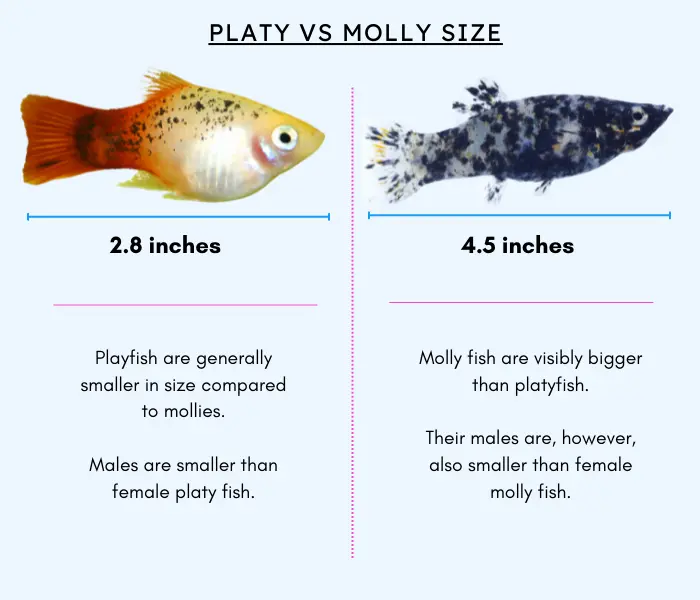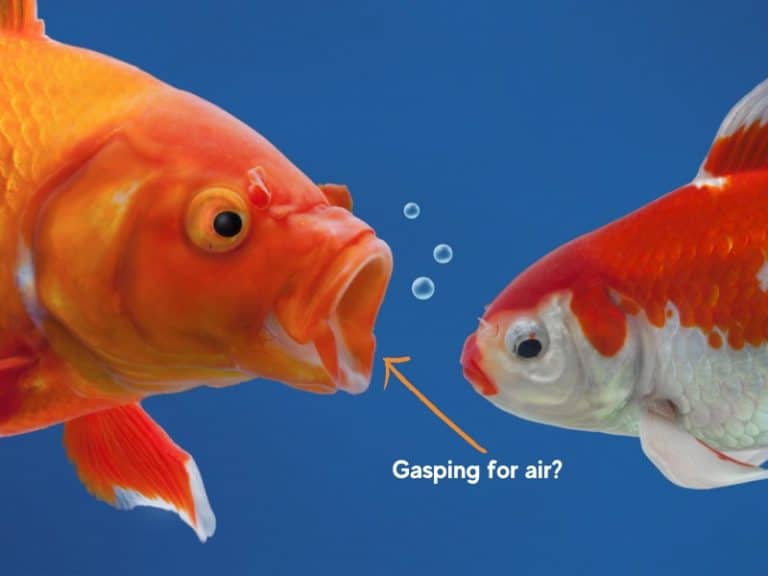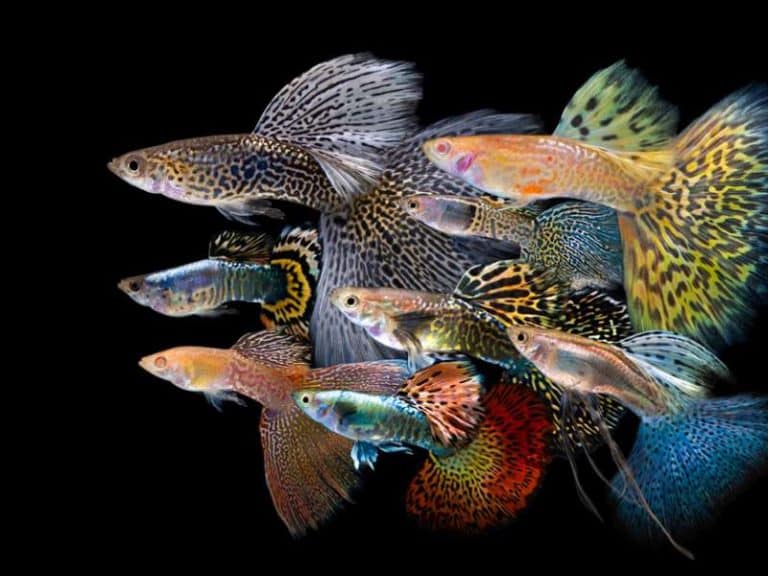Midground aquarium plants provide hiding places for shy and small fish such as fry. These plants should not be too large to overcrowd the aquarium. When selecting one, check if you have the right growing conditions and the right type of fish for the plant to tolerate.
The best midground aquarium plants include java moss, water primrose, anubias nana, ozelot sword, cardinal, plant, water sprite, green wavy, and rotala nanjenshan. Some of these are red, variegated, or require no CO2 injection, which is why they’re easy midground plants for beginners.
Below, I’ve listed and provided the growing requirements of some of the best midground aquarium plants that I find very interesting to try.
What are midground aquarium plants?
Midground aquarium plants are mid-sized and grow in the midsections of your tank. They can be used to cover up ugly rock work or provide a hiding place for shy fish.
A midground plant is not too large, but it also doesn’t interfere with viewing from above as an undergravel filter does. Some of the best background, midground, and foreground aquarium plants (like water lilies) are not only colorful but also easy to care for. Beginners should find them easy to grow in a jungle aquarium.
Low light to medium light should be enough to keep these types of plants healthy, so they should be good for beginners.
Typically, most midground plants will either float on top of the water surface or attach themselves to rocks and driftwood at various points depending on how they propagate; whether by runners, rhizomes, stolon networks, benthic attachments such as rootlets or even small bulbs that sprout roots laterally into aquatic substrate like soil.
Some types of midground aquarium plants like Java Moss and Anubias Nana do well attached directly to driftwood branches extending out over the water’s surface, while others like the vallisneria can grow in the midground to become a major focal point of your planted tank.
Best Midground Aquarium Plants
The best midground plants for your aquarium are those that are easy to grow, and propagate. Here are some of the best aquarium plants for midground cover.
1. Java Moss (Vesicularia dubyana)
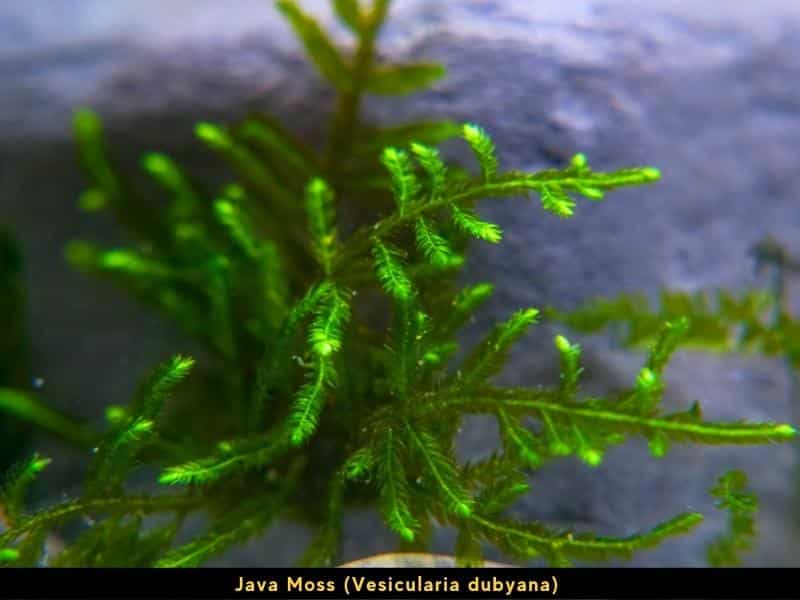
Java Moss is a midground aquarium plant that works well in tanks with mid to high light levels and will grow densely enough to create an excellent mid ground cover for your tank.
| Name(s) | Java moss; Vesicularia dubyana |
| Size | 2–4 inches |
| pH | 5.0 to 8.0 |
| Water temperature | 70-75°F |
| CO2 required? | No. |
Java moss also provides some shade on the bottom of your fish tank as it grows up over driftwood or other decorations you may have placed there. This softens the direct glare from lights below which can be harsh on sensitive eyes.
2. Anubias nana (Anubias barteri var. nana)
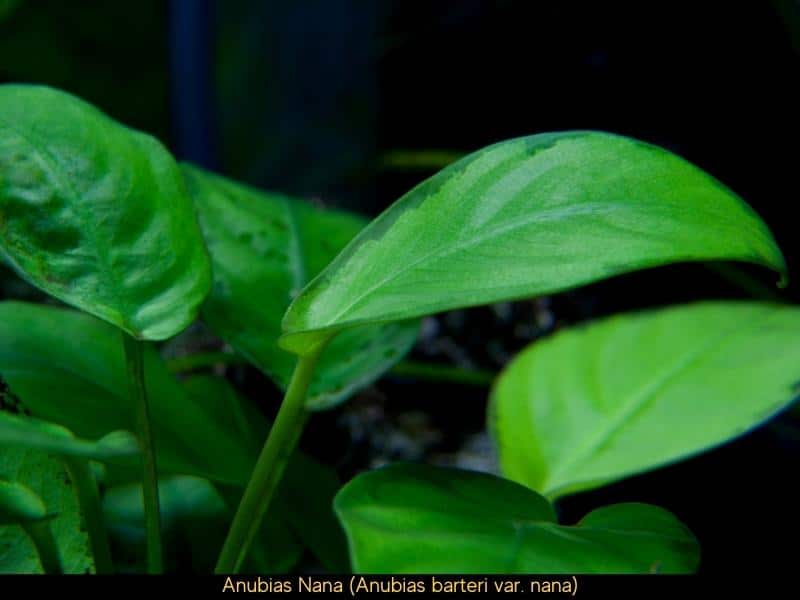
Anubias Nana is another great midground aquatic plant that grows into large clumps when propagated by runners and rhizomes. Rhizomes are rootlike extensions that anchor themselves within substrate like soil.
| Name(s) | Anubias nana |
| Size | 7.5 inches |
| pH | 6 – 7.5 |
| Water temperature | 72-82°F |
| CO2 required? | No. |
Anubias Nana has long stems sprouting leaves near its surface level while rooting deeper at their base for stability. This plant is a mid-ground to background level dweller that does well in mid-high light levels and has the ability to thrive without much current.
3. Waterhyssop (Bacopa monnieri)
The Waterhyssop (also called a moneywort) plant is a common aquarium plant with floating stems that make it a great midground plant for freshwater aquariums. It is very easy to care for and can beautify any jungle aquarium with its bright green leaves.
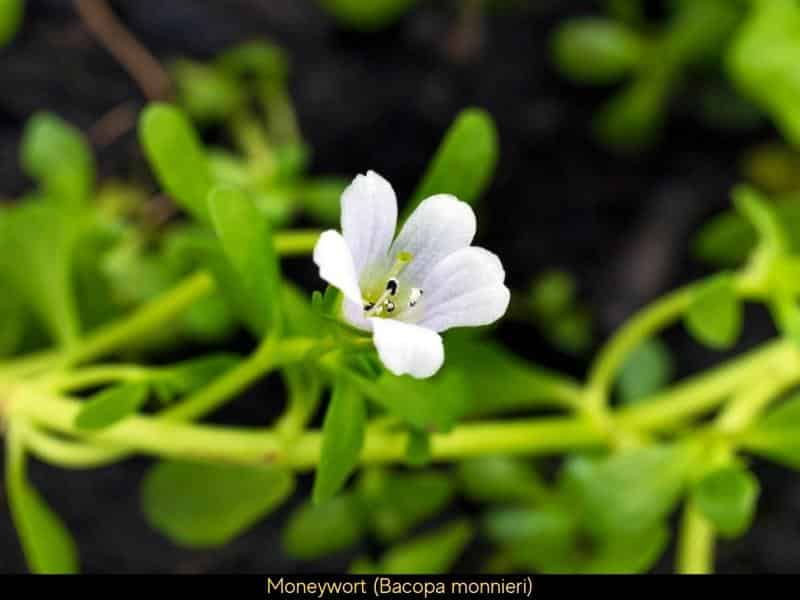
The Bacopa monnieri plant can tolerate low light but prefers moderately bright light to grow healthy and remain happy. Being a stem plant, you can prune it when needed to control its size.
You do not need to provide CO2 for the moneywort to thrive and survive in the middle of your aquarium. However, you may need to supplement the aquarium with the CO2. Pressure and DIY supplementation of CO2 is only good for hardy pets like betta fish.
4. Rotala Nanjenshan
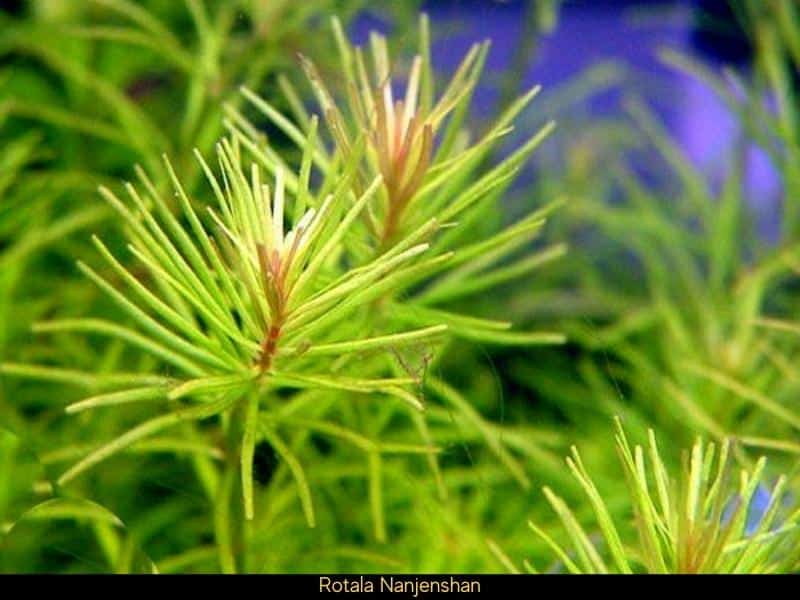
Rotala Nanjenshan is a good midground aquarium plant for freshwater environments. It is good for adding color to the midground of a planted aquarium, and can be grown in mid-high light levels.
Rotala Nanjenshan also goes by the name Rotala Indica and will grow in size when propagated by cuttings.
The only problem with rotala nagjenshan freshwater midground aquarium plant is that it can grow too large rather quickly, covering most of your aquarium easily. Therefore, it is a good idea to trim this plant regularly every few months so they do not get too large for the aquarium.
Note that:
- The rotala nanjenshan is a fairly weak aquatic plant, so it is suitable for aquariums with less active fish.
- Highly active fish will easily damage the foliage and stems of this plant.
Provide this midground plant with a lot of light even though it can still thrive in mid-level lighting conditions (3 to 5 watts per gallon produced by full-spectrum bulbs).
5. Cryptocoryne
The cryptocoryne plant (Cryptocoryne wendtii) grows up to 4-6 inches in size, requires mid-level lighting, an iron-rich fertilizer supplement, and a water pH ranging 6.0-8.0.
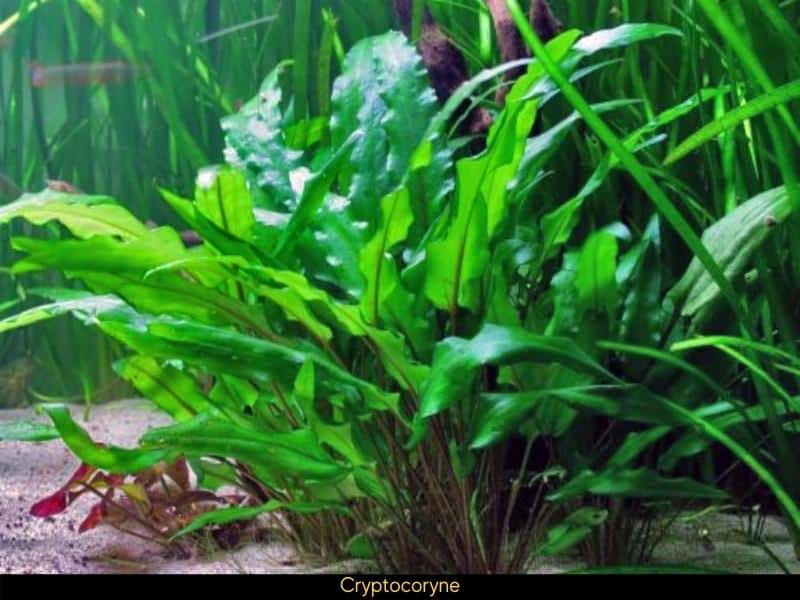
The cryptocoryne fresh-water midground aquarium plant has a variety of leaf colors including reddish brown, olive, and green leaves. If you’re looking to color your aquarium using plants, you can use a colored variety of the cryptocoryne such as the type with red leaves.
It grows quickly with the help that it can be propagated, or duplicated by dividing plants into separate parts before planting in water again.
The cryptocoryne plant does not have to be trimmed because they do not grow too large for midground aquariums like other midground plants.
6. Ozelot sword
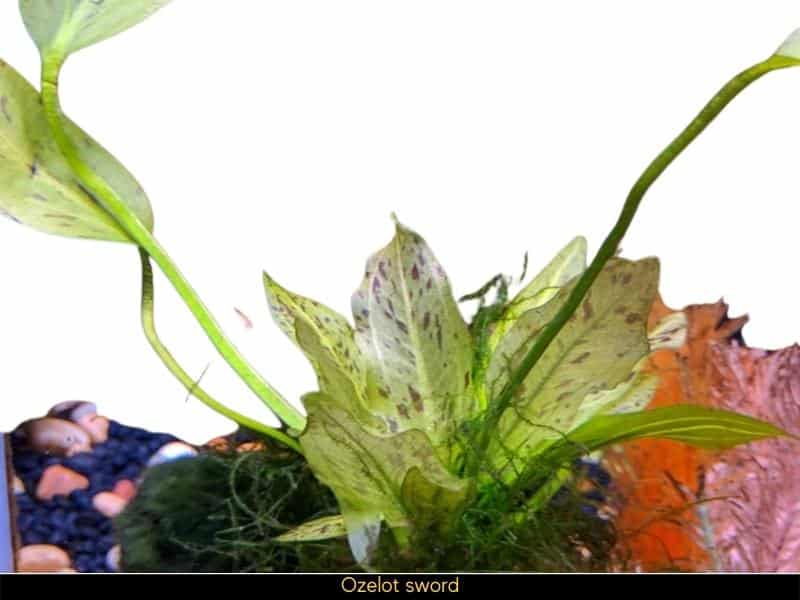
Ozelot sword is a mid-sized midground plant that grows up to 4 inches in size. It requires midlevel to high intensity lighting, a good quality aquarium fertilizer, and a water pH range of around 6.5-7.5.
As the plant grows in the mid-level placement of your aquarium, it will develop marbled spots on the leaves, which can beautify the space. The species of the ozelot sword can grow fully submerged or partially submerged in water, making it one of the best midground aquatic plants for fresh water aquariums.
You can propagate the Ozelot Sword through rhizomes and adventitious roots.
7. Green wavy (Bucephalandra sp.)
The Green Wavy Buce plant (Bucephalandra sp. ) can easily grow in driftwood and thrive in your aquarium if provided with the right conditions. The plant prefers a pH of 6.0-7.5 with low to high light aquarium conditions to thrive and grow into a desirable midground cover aquarium plant.
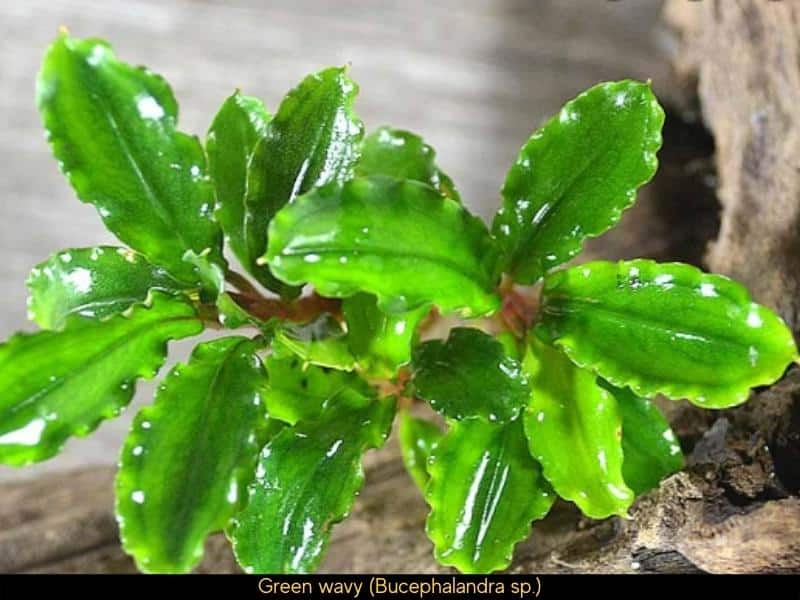
Its ability to brand out easily produces a nice dense appearance, making it great for creating hiding spots for most shy aquarium fish.
Other than providing hiding areas, the green wavy plant provides shade from both overhead lighting or bright fluorescent lights. It is great for aquatic animals such as fry, nano fish, and dwarf shrimp.
The advantage of this plant is that it is low maintenance due to its adaptability to changing water conditions, so it does not require weekly care routine like other midground plants do.
It also makes a great background display when used at full height while being partially submerged in fresh water aquariums.
8. Cardinal plant (Lobelia Cardinalis)
The cardinal plant one of the best colorful aquarium plants for Dutch-style planted aquariums. Its popularity is also due to its multicolored showing – the bright green leaves with reddish undersides.
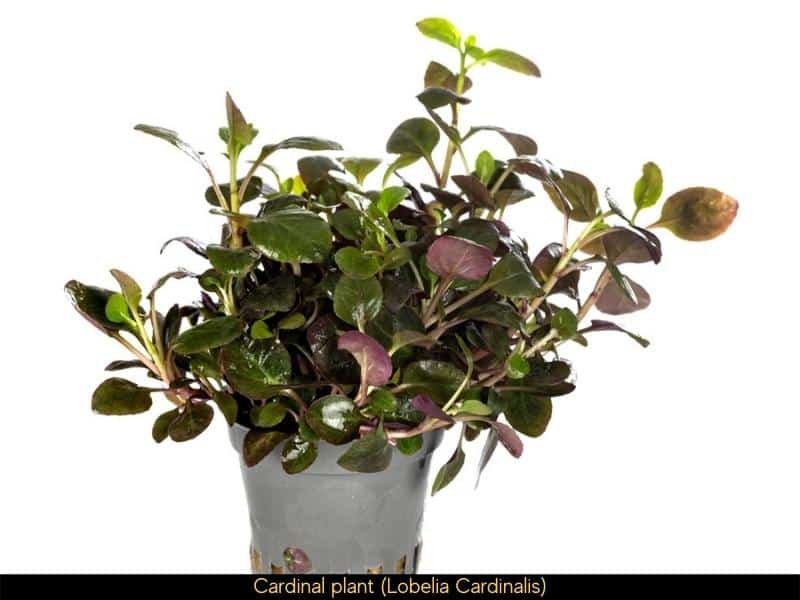
Here are the growing requirements for the Cardinal flower plant:
- Provide enough micronutrients and CO2 injection.
- Moderate light conditions in the aquarium.
- 72-82° F water temperature
- Aquarium pH 6.5-7.5
The cardinal plant is a midground aquarium plant that provides cover, shade and mid-stage decoration. When planted in the midsection of an freshwater or saltwater tank it will create dense green foliage as well as provide hiding spaces for shy fish.
The cardinal plants require moderate maintenance but do need to be transplanted every few months when they outgrow their allotted space to prevent overcrowding the aquarium.
The propagation of the cardinal plant is through side shoots – the side stems that sprout out of your plant.
9. Water primrose
The water primrose plant is also called Ludwigia ssp. I see it commonly being used in freshwater aquariums where it can grow up to 1 foot, 6 inches big. I like it because it is one of the best red midground aquarium plants that can be used for decor and cover.
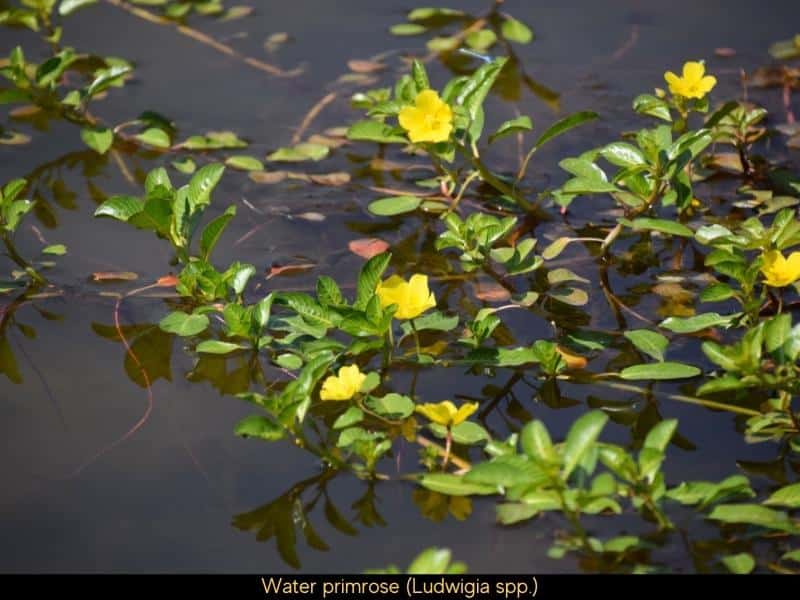
- Provide moderate to high light
- Maintain water temperature at 72-82° F
- The preferred pH is 6.5-7.5
- It requires an iron-rich fertilizer
- CO2 injection is also reqired for water primrose plants, otherwise the aquarium plant will melt.
The water primrose has an extended root system to support its bushy growth habit. However, when planted too close to other mid-ground plants, it will eventually wind around them and suffocate them out through their roots.
To prevent overcrowding in your tank, I recommend transplanting every few months to maintain healthy spacing between mid-ground plants. Propagation is done by stem cuttings or dividing established clumps into smaller sections while they are still rooted in place underwater.
10. Ludwigia peruensis
The midground plant Ludwigia peruensis is an excellent addition to any mid-ground or background aquarium. It has a moderate height, and its thick leaves grow in bunches which gives it the appearance of being bushy.

Ludwigia peruensis thrives on CO² injection because and prefers high light conditions. Being a red-aquatic plant, it it will turn a green-blue color when it is placed in an aquarium with too much blue light.
Ludwigia peruensis is best suited for midground or background aquaria because of its height and preference for brighter lighting conditions.
The preferred pH for Ludwigia peruensis is 6.5-7.5, and will require trace elements and iron supplementation to grow healthy and happy.
Keep in mind that this plant is amphibious and will therefore grow just fine partially or fully submerged in water. Provide at least 5 watts of light per gallon of water for the plant to produce bright and vibrant leaves.
11. Water sprite (Ceratopteris thalictroides)
The water sprite is also called the Indian fern and is a midground or background aquarium plant. It can be identified by its long, narrow leaves – they are usually light green in color.
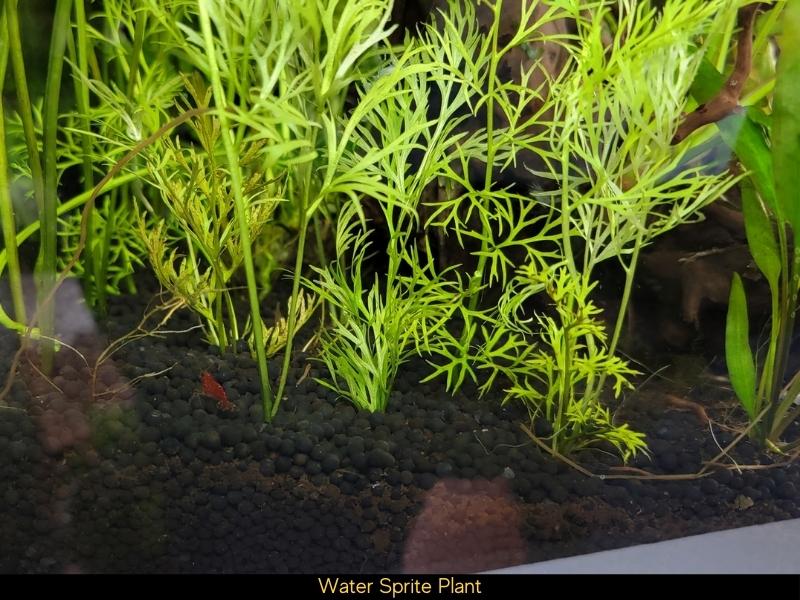
The water sprite can also be used as a freshwater floating aquarium plant. What I like about this plant is that it grows quite fast and is able to remove some unwanted toxins from the aquarium.
- Provide moderate light in the aquarium.
- Maintain water temperature at 68-82° F
- Preferred pH range: 5.5-6.5
- Feed with simple aquarium fertilizer
The water sprite prefers moderate lighting conditions and requires at least five watts of light per gallon of water. In good conditions, this plant can grow outside the top of the aquarium if open.
Red midground aquarium plants
Red plants add color and beauty to aquariums. You can use them to create contrast to the green and blue water background, You can also foreground them to make the aquarium pop.
For example, the Cryptocoryne walkeri is a foreground or middle ground aquatic plant that can also be used as a freshwater plant. This red-leafed red-stemmed variety of the water sprite has earned its nickname, “the red carpet” because it resembles some tropical flowers and gives any aquarium a red carpet appearance.
Here are 5 red midground aquarium plants:
- Water primrose plant
- Cryptocoryne
- Cardinal plant
- Ludwigia broad
- Ludwigia peruensis
There are so many different plants of varying shapes and colors to choose from. From tall, elegant stalks to shorter bushy types, there is a plant for every taste and design. The important thing when choosing a midground aquarium plant is to make sure you are able to care for it properly.
READ ALSO: CUTTLEBONE BENEFITS IN AQUARIUMS
References
- Academia: Guide To Keeping And Growing Freshwater Mosses
- University of New England: Water Plants – General Information

